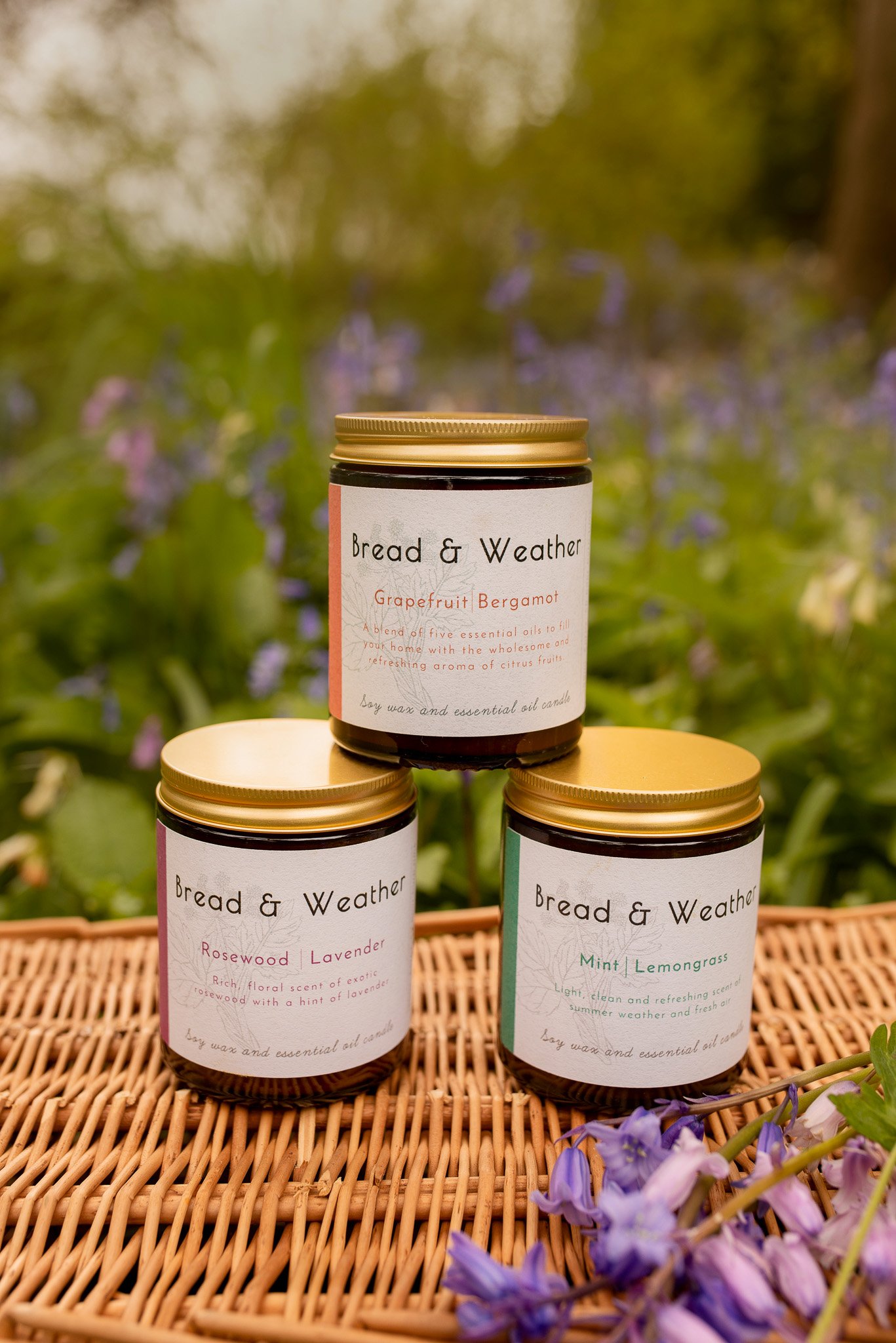Essential Oils vs. Synthetic Fragrance: What’s the Real Difference?
You may have heard the terms ‘essential oils’ and ‘synthetic fragrance’ or ‘perfume’
What do they mean and why does it matter which are in your candles and soaps?
Essential oils are made by nature
When you pick a sprig of mint, or rub some lavender between your fingers, the aroma you can smell is the essential oil of that plant.
Essential oils contain the essence of the plant and that is why they are named essential oils. They have been used by people for their wonderful scents and many therapeutic properties since as early as 4500BC.
Synthetic fragrances are made by man
Fragrance or ‘perfume’ oils are not derived from plants, they are man made substances created in laboratories.
Some of them are made to mimic the natural aromas of plants eg. lemon/vanilla/orange (while never actually going near an orange or a lemon). Others are made to smell like human imagined creations such as ‘freshly baked cookies’ and ‘linen closet’.
Essential oils are made from plants
The essential oil of a plant can be extracted by either steam distilling or cold-pressing. Oils can be extracted in this way from the flowers, leaves, roots, seeds, bark, stems, skins, resins, or other plant parts.
This requires growing and harvesting real plants all over the world. Skilled work is involved in every stage of growing and then extracting the oils from different plants. There is no ‘one size fits all’ extraction process for essential oils, the part of the plant and the method used differs depending on the properties of the plant.
The essential oils I use in my candles and soaps are sourced from all over the world. Wherever a plant naturally thrives is where a local industry of growing, harvesting and processing that plant to make essential oil will pop up, eg. Sri Lankan Cinnamon Bark, French Lavender, Nordic Spruce etc.
Synthetic fragrance is made from petrochemicals
Synthetic fragrances are cheaper to manufacture than essential oils as they are largely made of petrochemicals. Often these are byproducts of the crude oil refining industry.
This enables large batches of fragrance oils to be made inexpensively. They are often designed for use in a specific product eg. candles/soap/myriad other household and industrial goods. The result is a cheaper product, suitable for mass production.
Some fragrance oils are known to be toxic
Many people experience reactions such as headaches, nausea, breathing difficulties or skin irritation when in the presence of synthetic fragrence.
This is not surprising when you consider that some synthetic fragrances can be composed of as many as 80 different chemical ingredients.
Here is an example of a synthetic fragrence sample I was sent by my soy wax supplier. A delightful sounding ‘English Pear and Freesia’ comes with a warning that it is ‘Harmful to aquatic life with long lasting effects’.
Last time I checked, a real English pear or bunch of freesias did not come with such a warning.
Essential oils have aromatherapy benefits
Lighting a scented candle at home is usually done to support wellbeing by creating a restful, inviting or uplifting atmosphere.
The natural aromas of plants can do all this and more.
Essential oils are known for their wide ranging healing properties including relaxation, relief from anxiety, mood regulation and clarity of mind.



